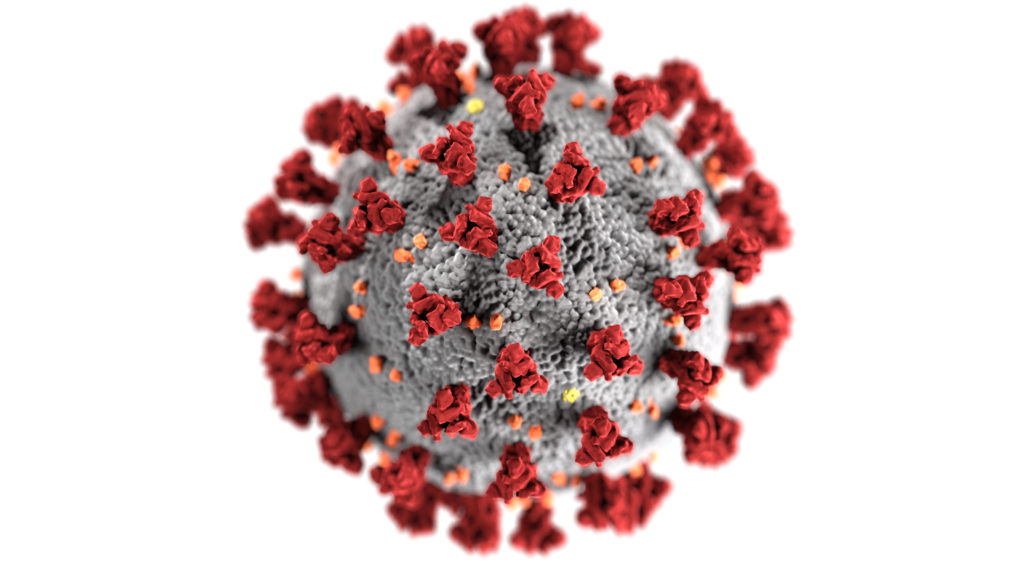COLORADO SPRINGS–At Monday’s city council work session members were updated on plans around the COVID19 coronavirus outbreak in El Paso County by county public health and emergency management officials.
Susan Whelan, El Paso County Public Health (EPCPH) Director said that the county health department is the incident command agency in charge of the response to coronavirus, and that EPCPH has been actively planning for infectious disease outbreaks for years and the county is well-prepared to handle this one.
The response plan is coordinated with other regional health departments as well as the Colorado Department of Public Health and Environment (CDPHE).
Pikes Peak Regional Office of Emergency Management Director Jim Reed says that Colorado Springs is “well ahead of the curve” with a continuity of operations plan that will keep critical public services like power, water, sewer, fire and police working properly should a coronavirus outbreak become widespread in the Pikes Peak region.
In a March 6 press release Mayor John Suthers said, “The City of Colorado Springs and El Paso County have been planning for this type of health emergency for years and we are prepared to respond”
“We’re not waiting for COVID-19 to get here to start preparing,” El Paso County Commissioner Mark Waller said in the press release. “Even though we have yet to see a confirmed case of COVID-19 here in El Paso County, Public Health has taken a proactive approach to inform and educate. Each of us has to take responsibility for keeping ourselves and those around us healthy, and that starts with prevention.”

Since then El Paso County has seen only one verified case of a person returning from U.S. travel who recognized the symptoms and immediately self-isolated at home.
Symptoms of the illness are a fever and symptoms of lower respiratory illness such as cough or shortness of breath.
According to the Centers for Disease Control (CDC ), COVID19 symptoms differ from ordinary cold virus symptoms in that upper respiratory symptoms such as stuffy head and nasal discharge are not usually present.
Information from the Chinese Center for Disease Control issued February 17 and published in the Chinese Journal of Epidemiology suggests that the risk of fatal illness is much higher for older people. Few children have contracted the illness, but the fatality rate for persons who do contract it varies from 0.2% for those under 40 to 14.8% for those older than 80.
As of Tuesday the World Health Organization (WHO) is reporting 113,702 confirmed cases with 4,012 deaths worldwide.
The CDPHE reports as of 11:00 a.m. March 11 there are a total of 27 “presumptive positive” cases, one “indeterminate” case out of 279 people tested so far in Colorado.
Michelle Hewitt, Public Health Communications Specialist for EPCPH told Complete Colorado Wednesday that El Paso County has only one confirmed case who is in isolation. She said there is no community spread at this time.
Community spread is when the virus is passed between persons who have not had direct close contact with a known infected person. Community spread can be caused by touching hard surfaces where the virus has been deposited such as light switches, door handles and handrails and then touching the mouth, nose or eyes.
The primary vector is droplet infection from sick people coughing and sneezing, which can project small aerosolized particles six feet or more that can be inhaled or land on the eyes.
There is evidence that people can be infected and can spread the virus before they experience symptoms. According to research published in the Annals of Internal Medicine March 10, the incubation period can be as short as 4.5 days and as long as 15.6 days and 97.5% of those who develop symptoms will do so within 11.5 days.
Respiratory protection for high-risk persons is difficult to achieve properly and for the elderly limiting exposure and using good hygiene practices including thorough hand washing and not touching the face is critical to minimizing the risk of infection.
The typical surgical mask seen often in other countries offers very limited protection against inhaling infected droplets because they are not designed for that, they are actually designed to limit the wearer from projecting infected aerosols when coughing or sneezing. These masks do not seal against the face, which allows droplets to bypass the mask.
Only NIOSH-approved (National Institute of Occupational Safety and Health) N95 or N100 filter masks and reusable respirators using proper replaceable filter cartridges will filter out the infected droplets. These masks filter out either 95% or 99.97% of airborne particles larger than 0.3 microns.
However, using these masks requires fit testing and instruction on how to properly use them, including handling and sanitizing of the masks and filter cartridges to prevent transferring the virus from the mask’s surface to other surfaces.
The Centers for Disease control do not recommend use of these respirators by the public because of the complexity of use.
Instead, state health authorities recommend the following:
- Frequently and thoroughly wash your hands with soap and water for at least 20 seconds. If soap and water are not available, use hand sanitizer with at least 60% alcohol.
- Cover coughs and sneezes with a tissue, then throw the tissue in the trash, or use your inner elbow or sleeve.
- Avoid touching your eyes, nose, and mouth with unwashed hands.
- Stay home if you’re sick and keep your children home if they are sick.
- Clean surfaces in your home, and personal items such as cell phones, using regular household products.
Equally as important is to remain calm, have a personal/family plan in the event quarantine is necessary, stay informed from reliable sources and cooperate with authorities if things get worse.


